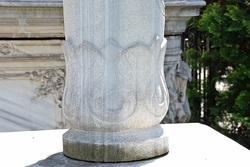
She had been to a weekly flea market and had a haul. She said she would take me to the one on Friday.
Those of you who know me, know how much I love flea markets, garage sales and estate auctions. This could be dangerous.
Like the English, the Turks begin their tea time at 4 o’clock.
Unlike the English, Turkish tea time seems to
last until midnight. So at 12:30 am, after several very busy days, I was still hopped up on caffeine and sugar.
Basma’s other guests came in, a married couple from the US; she’s an MD who trained in Augusta, Georgia (just a few hours drive from my home in Atlanta) and he is a serial entrepreneur who’s in the music business (soul and r&b). I like them a lot.
Basma’s friend Achmed came to visit because Basma told him I am also a historian. He is a masters student working on a comparative political history for Egypt and Turkey in the 1930s.
Interesting, but his English and my Turkish were way too limited for trying to geek out on history. Much of our problem stemmed from pronunciation. We would realize after a few moments of confusion that we had been speaking the same word with such different accents that we didn't understand one another.
He’s funny though. He asked Basma for raki (liquor) instead of tea just to watch her fuss. I think he may be a surrogate son, I know she misses her sons in Egypt. She feeds me and everyone else whenever
they come in range and so she reminds me of a young version of my grandmamma.
After everyone left or went to bed, I asked Basma about shipping things home and she says we’ll ask Achmed. She also said to make a list of everything I want to buy and they will take me to the right places to buy it. She said I did well in the Grand Bazaar.
She saw the scarves and said "Oh no you didn’t, not in the bazaar, how much did you pay?
I said I understood that the best deals weren’t there,
but I felt ok about it. How much for the tulip scarf, she says. Twenty lira. Ohhhh, I couldn’t have gotten it for less than 15tl, you did good.
Which means I ‘overpaid’ $3 for a scarf I would have paid $20 for instead of $12. Well,
in the States, anyway. I think in Istanbul terms that’s pretty good.

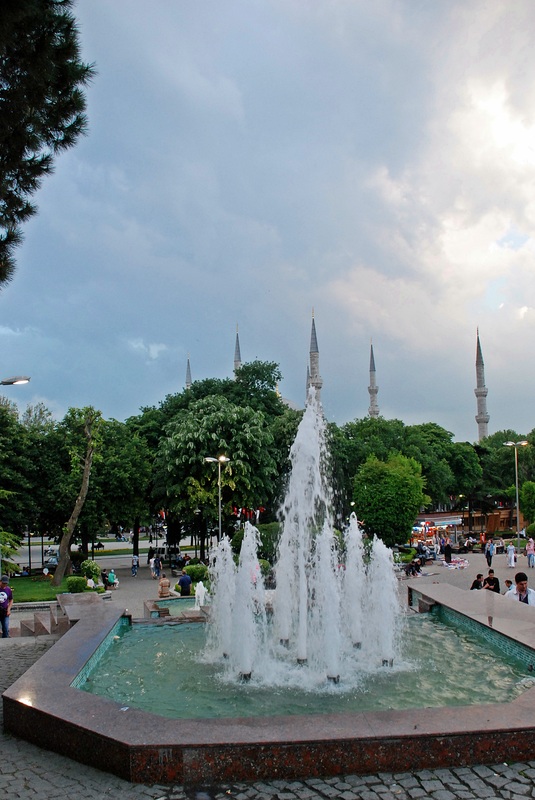
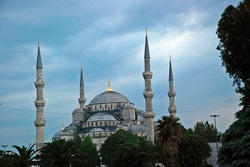
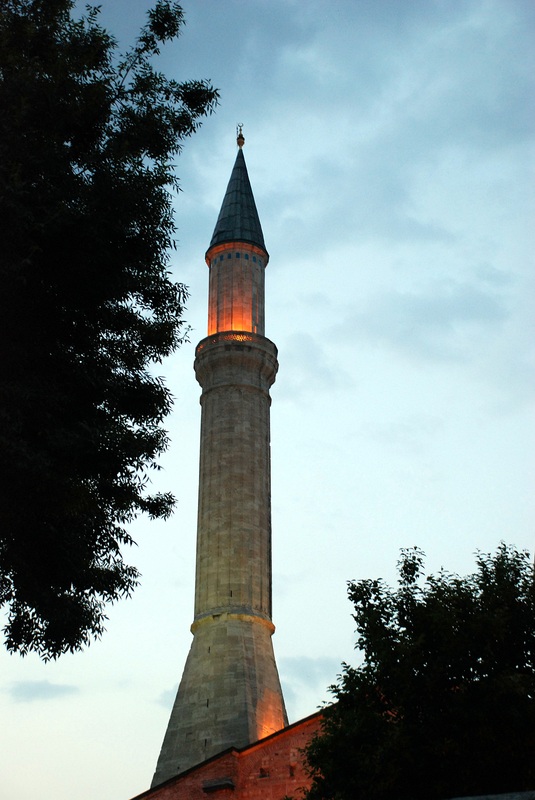
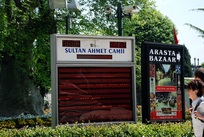
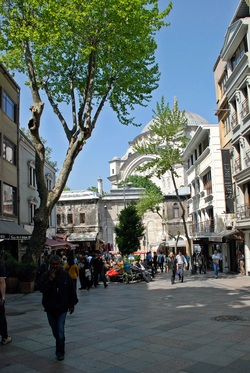
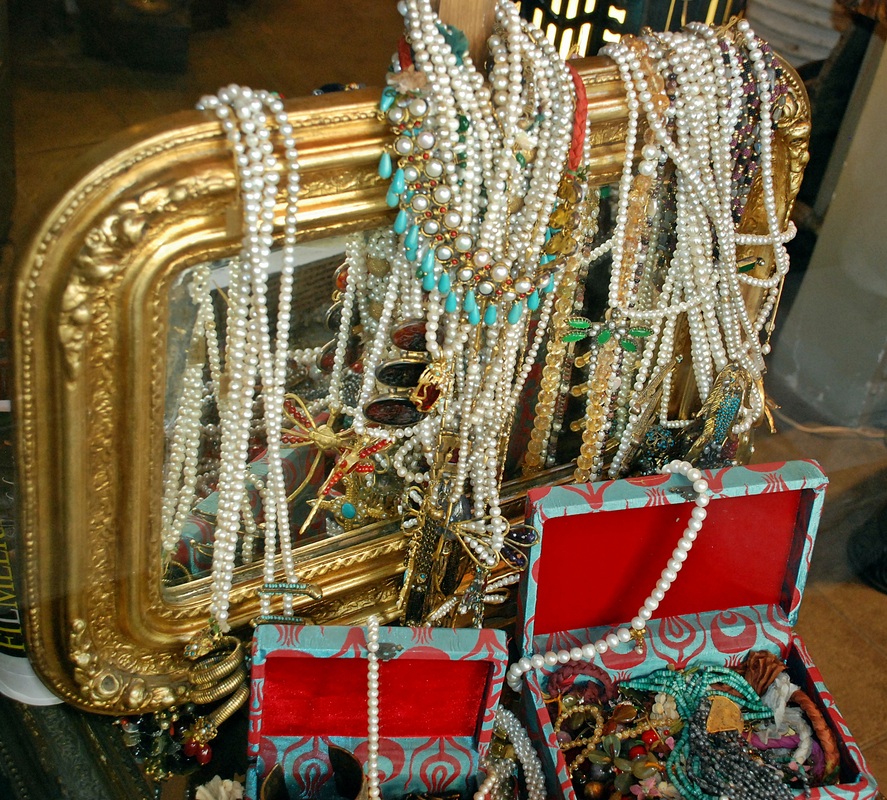
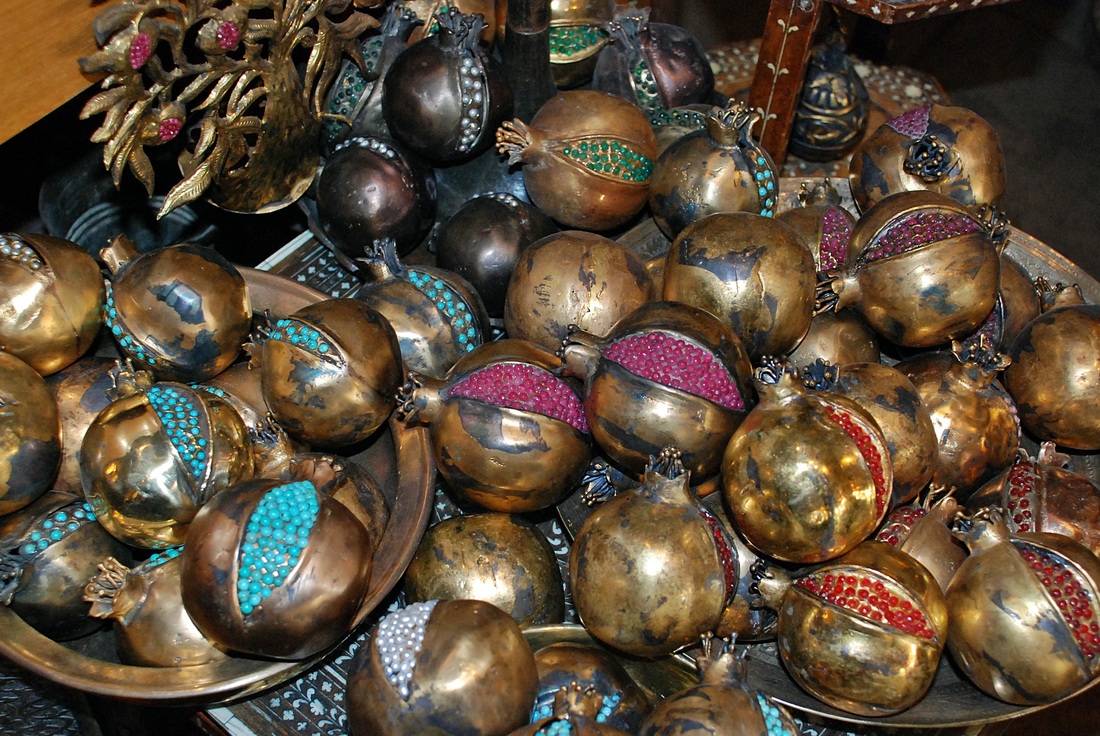
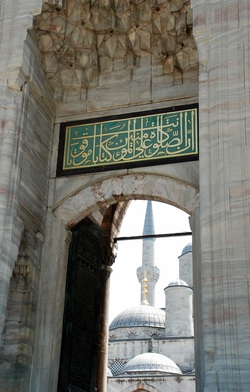
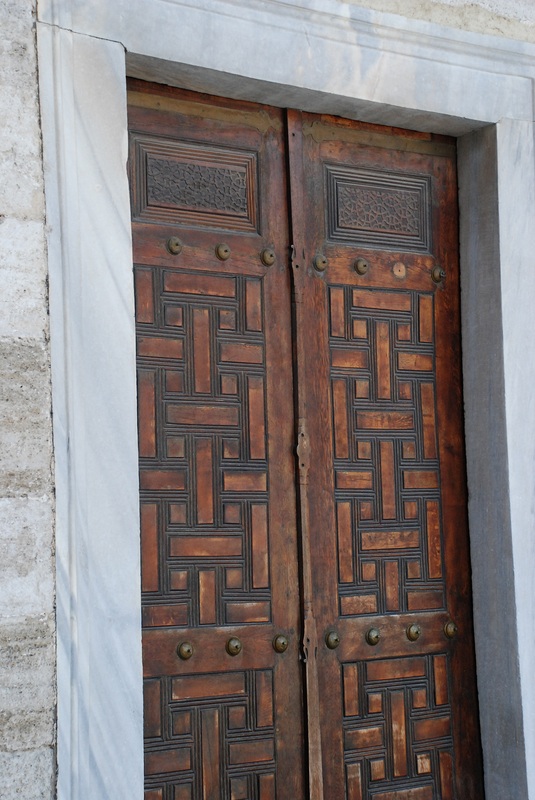
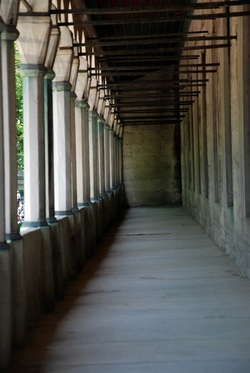
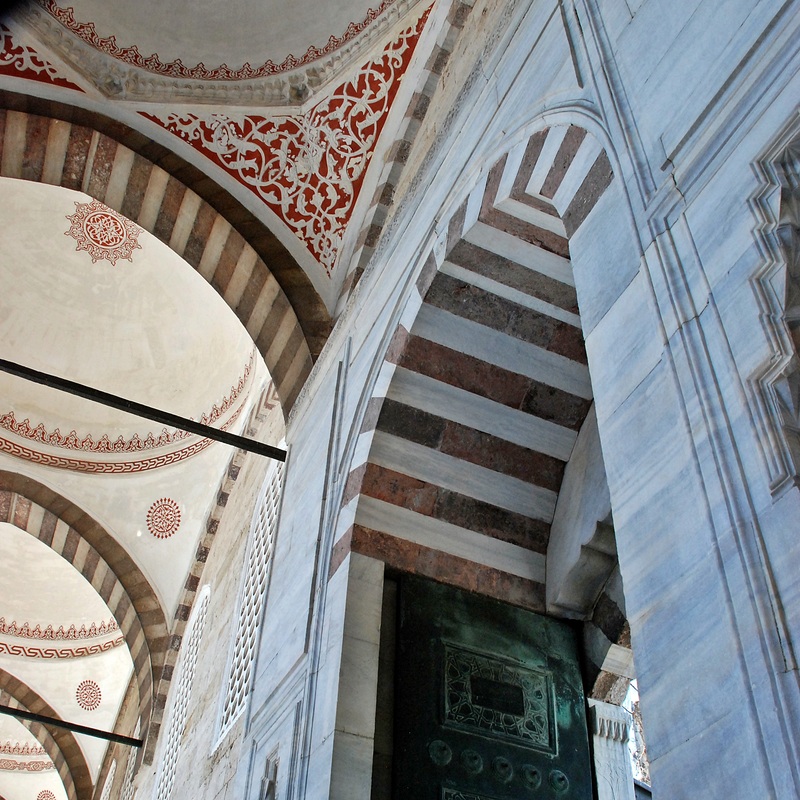
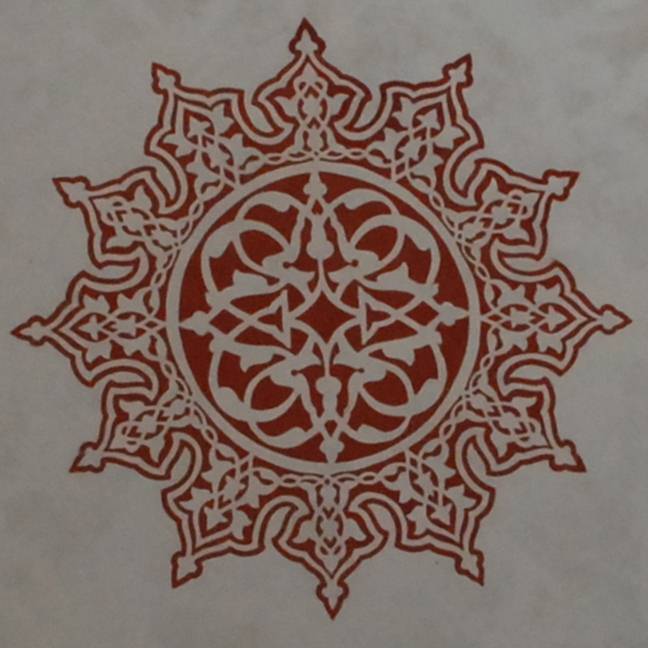
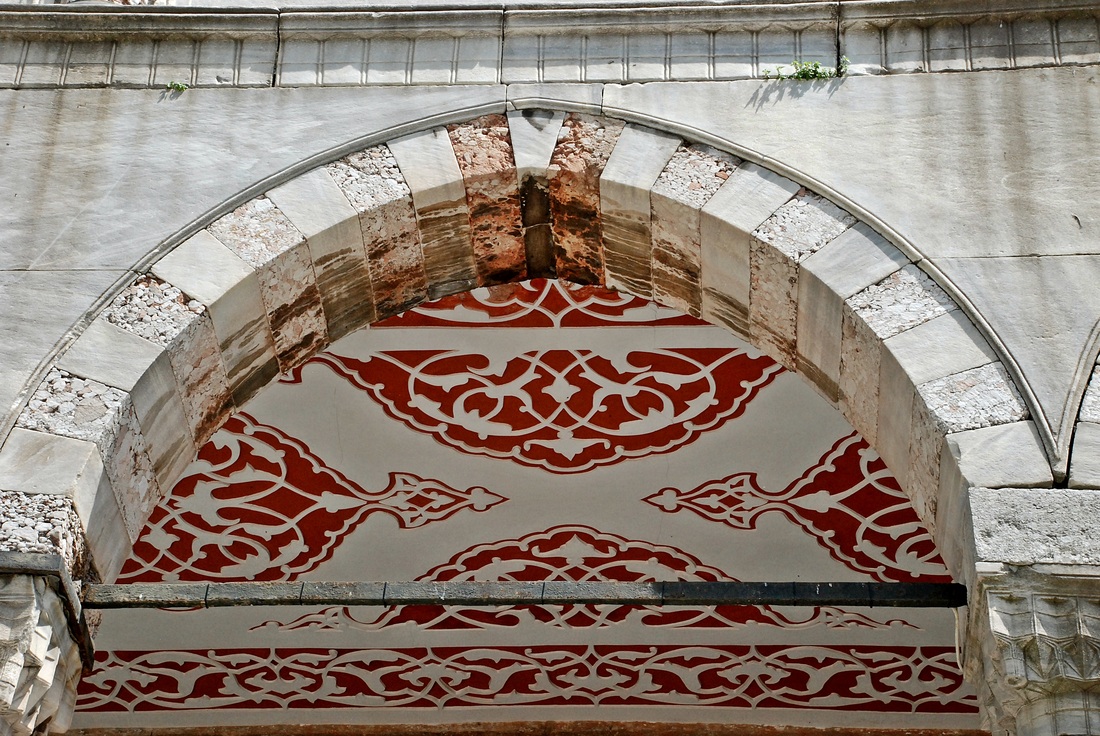
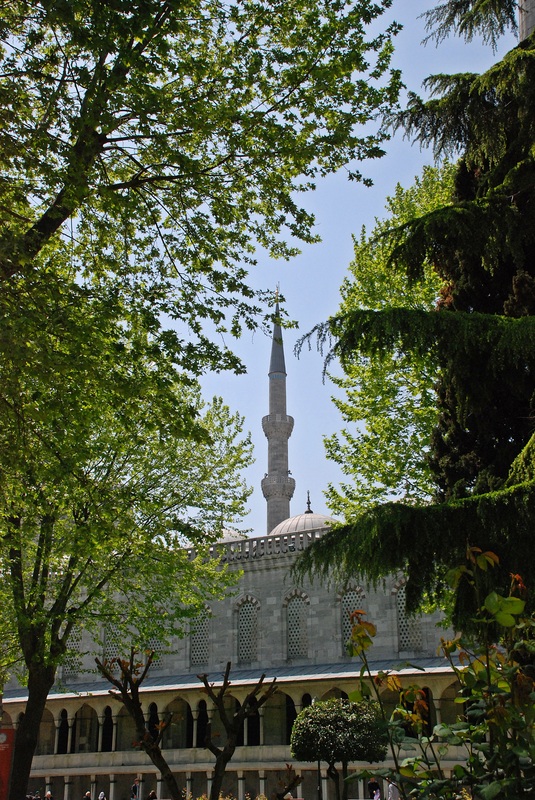
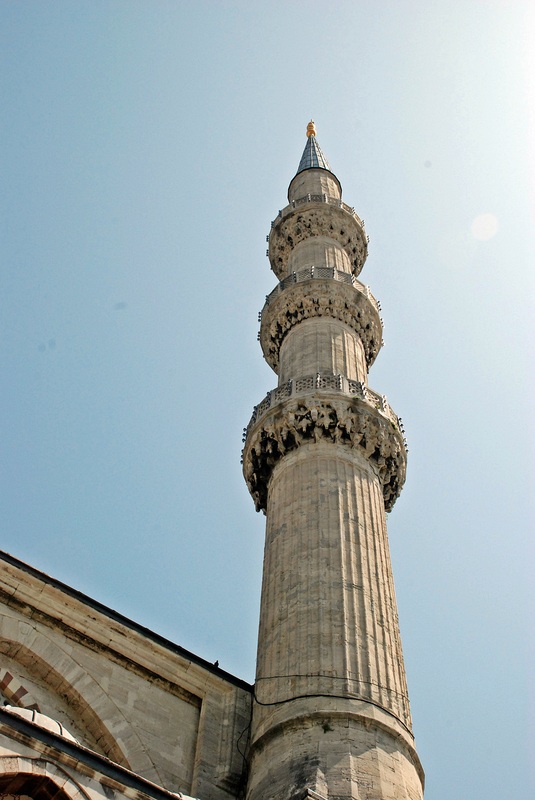
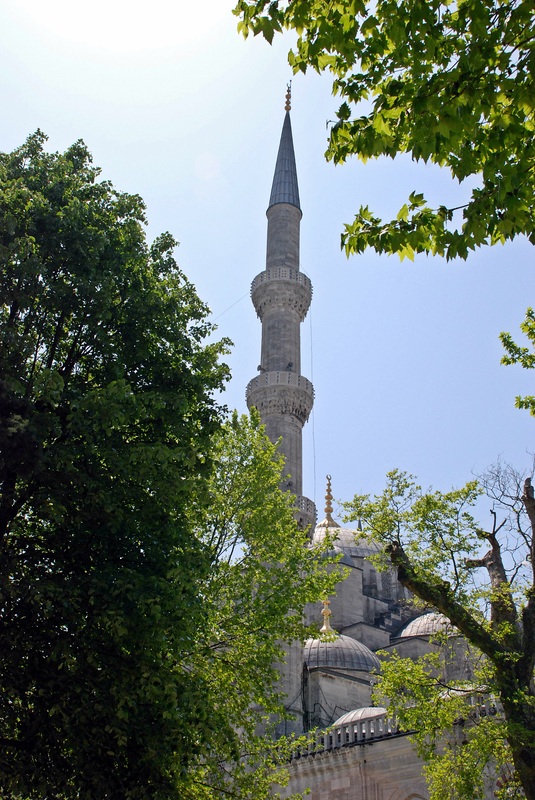
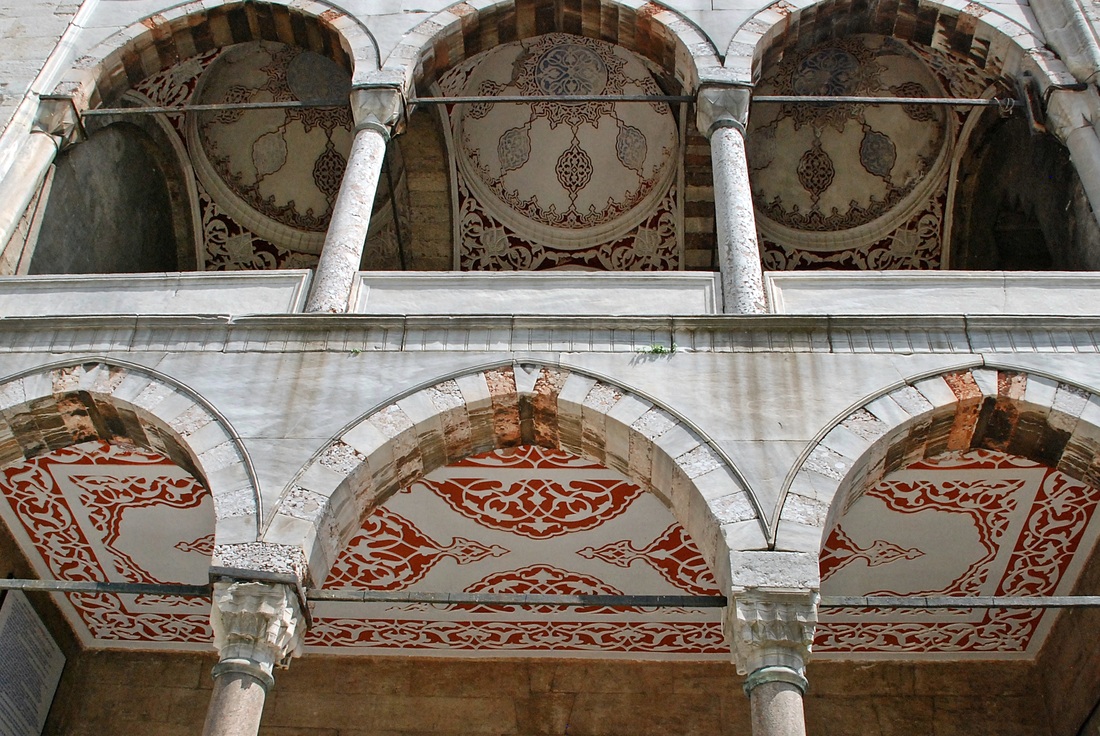
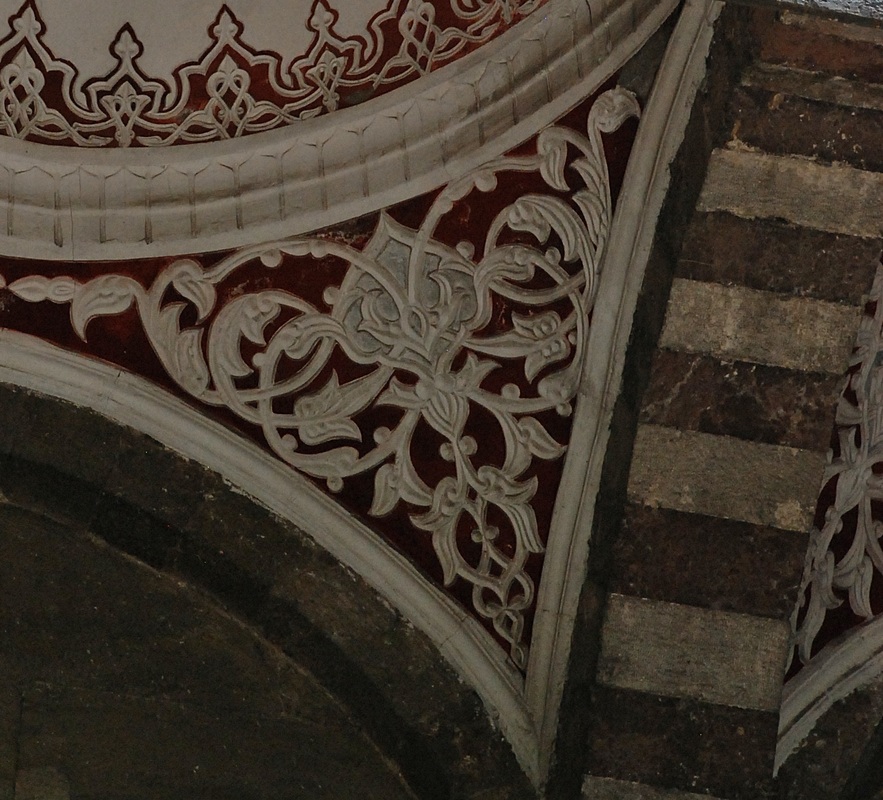
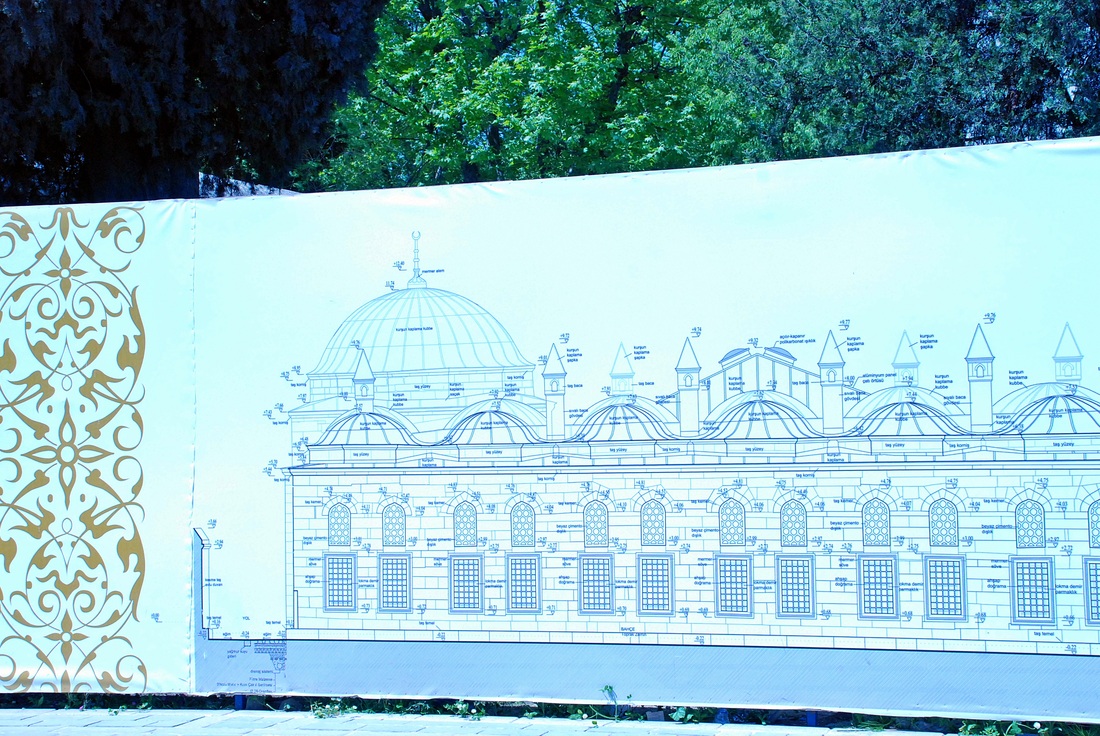
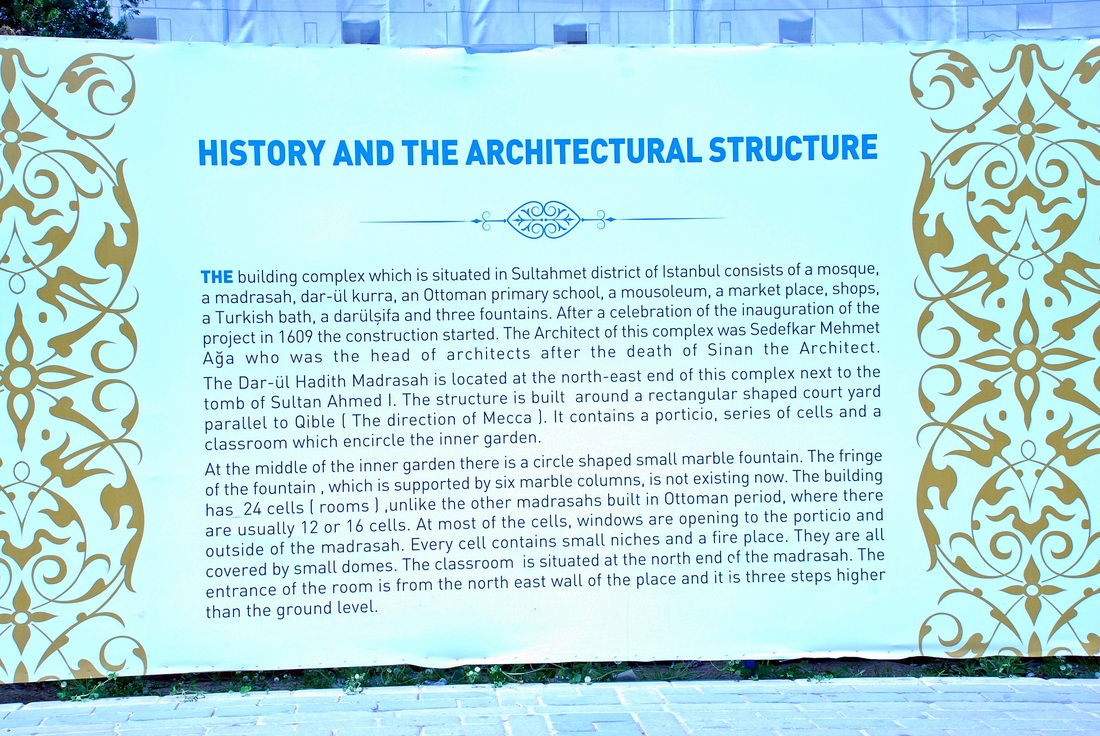
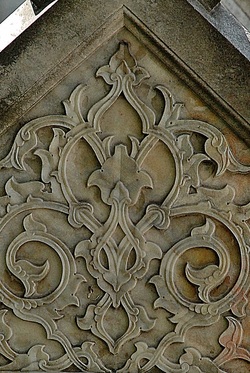
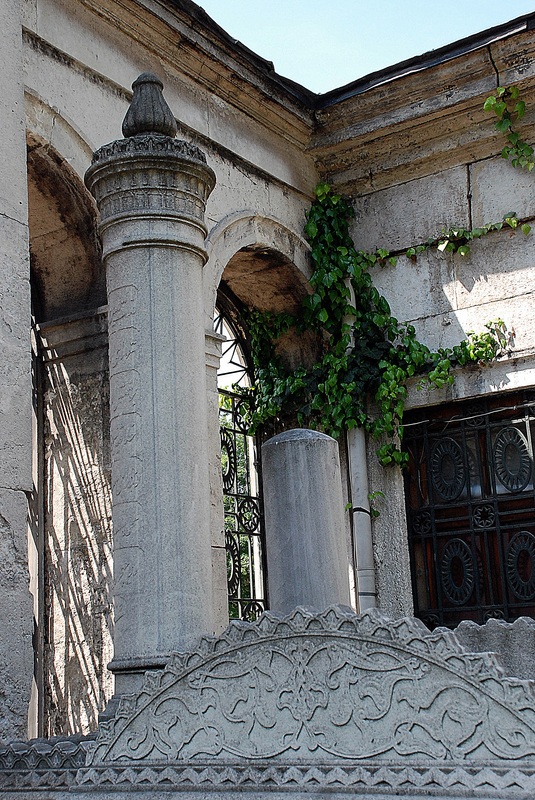
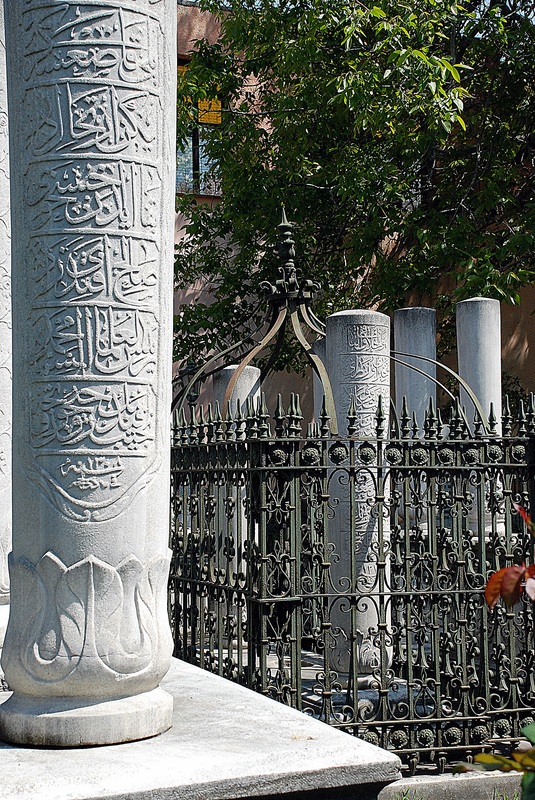
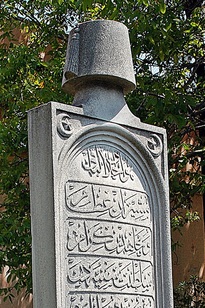
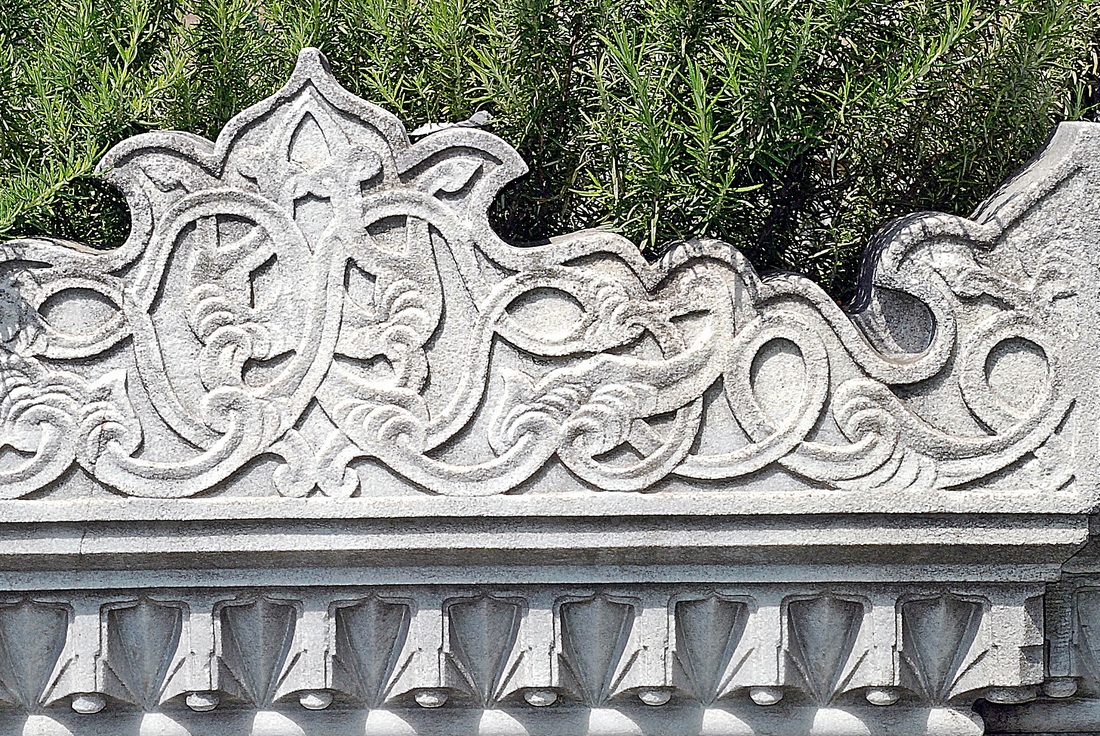
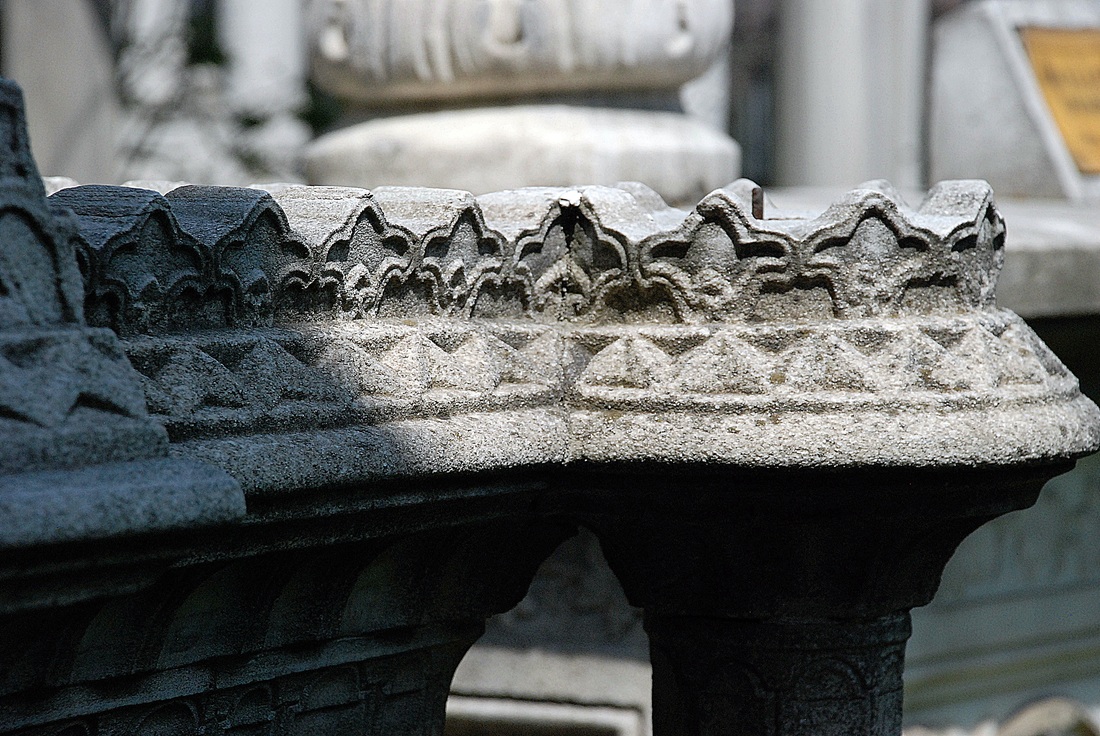
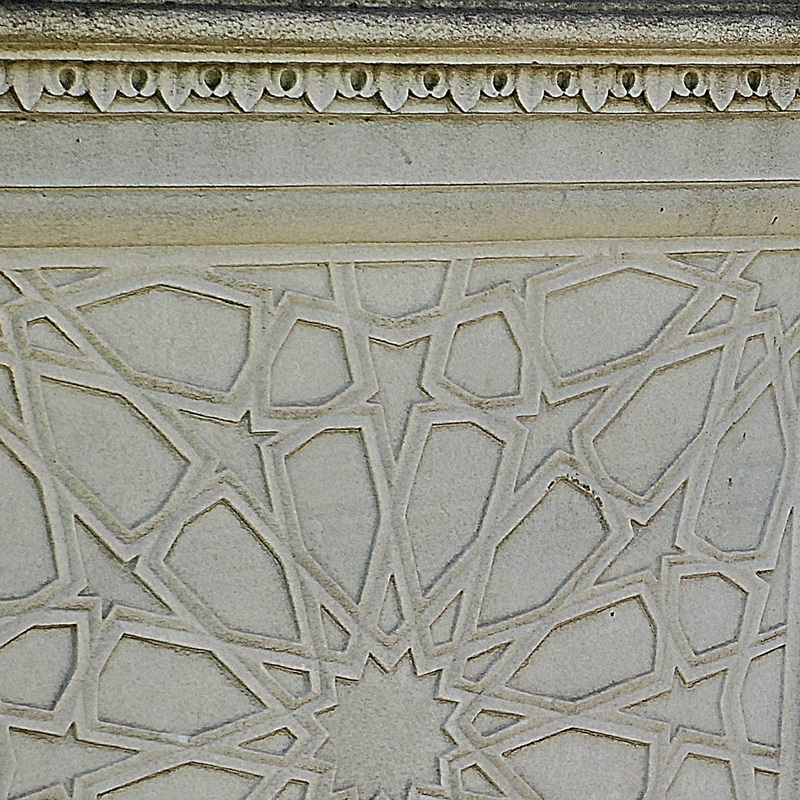
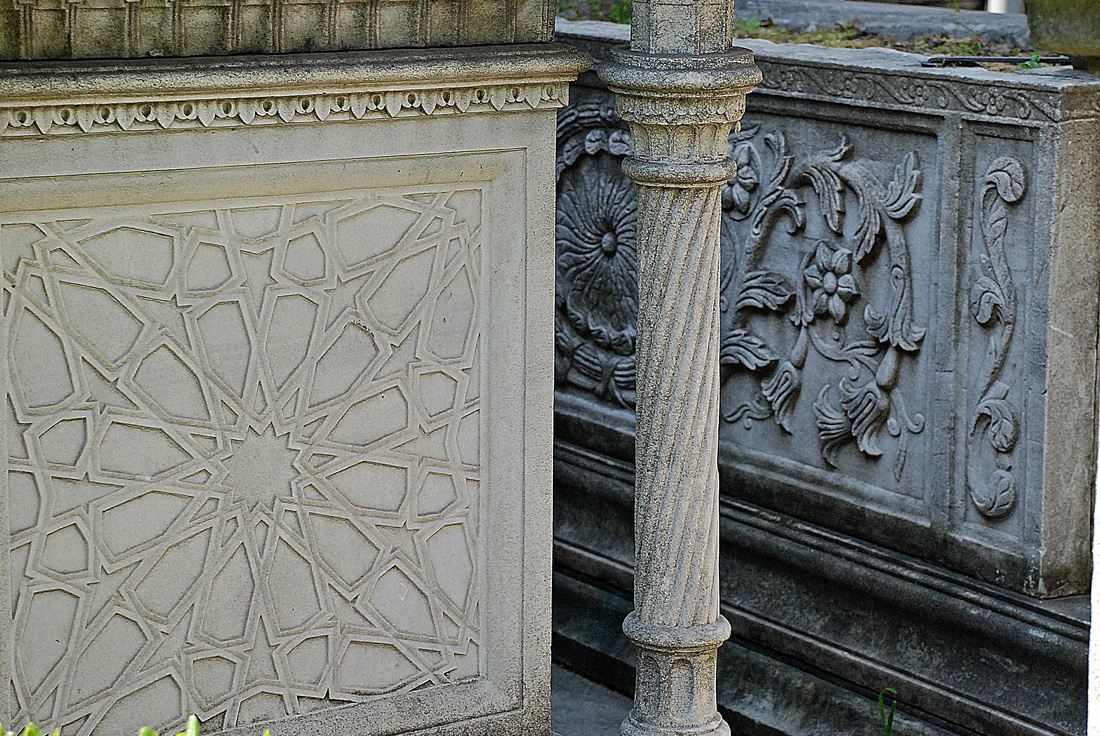
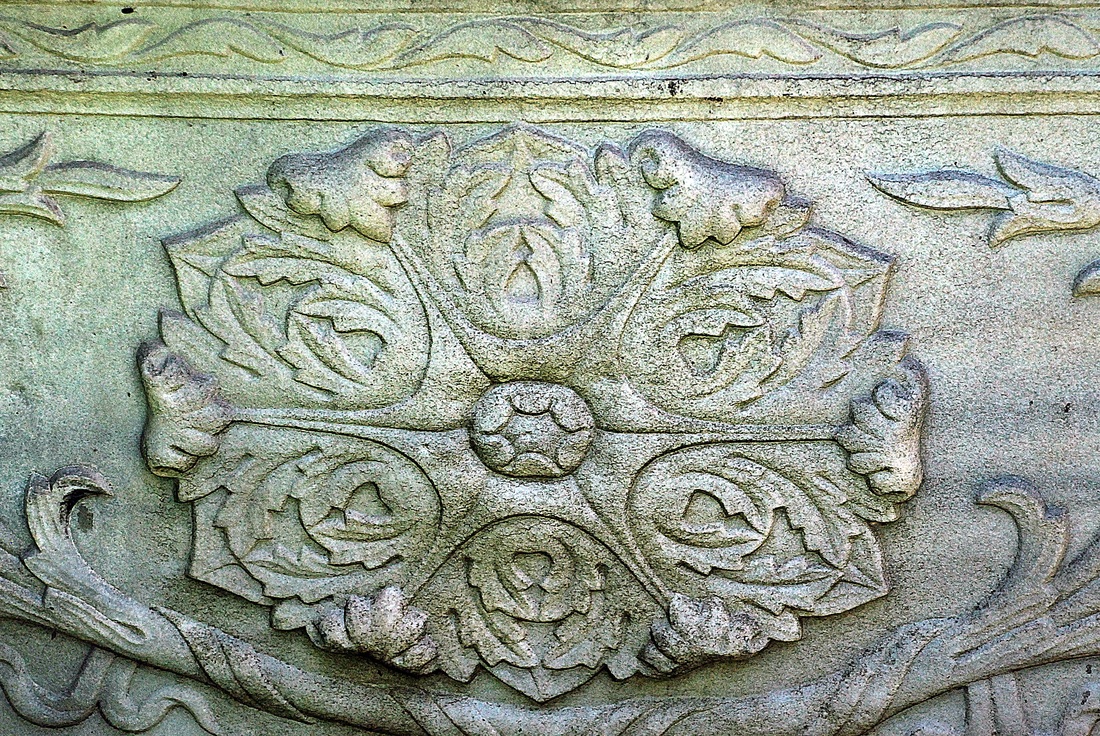
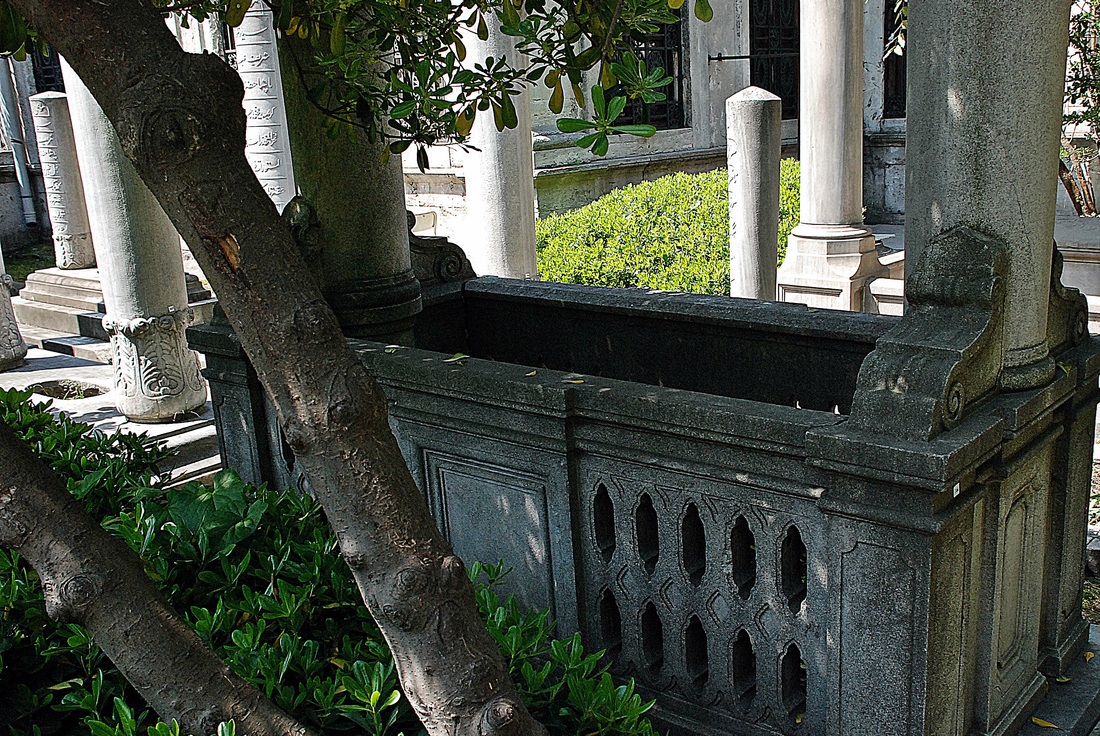
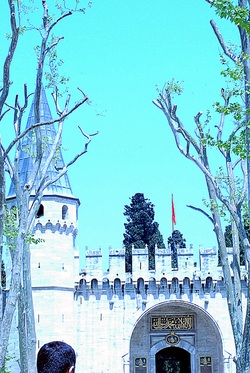
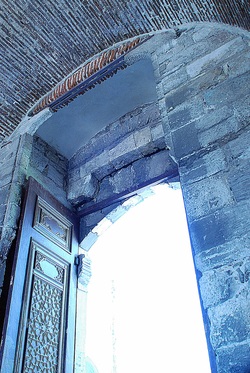
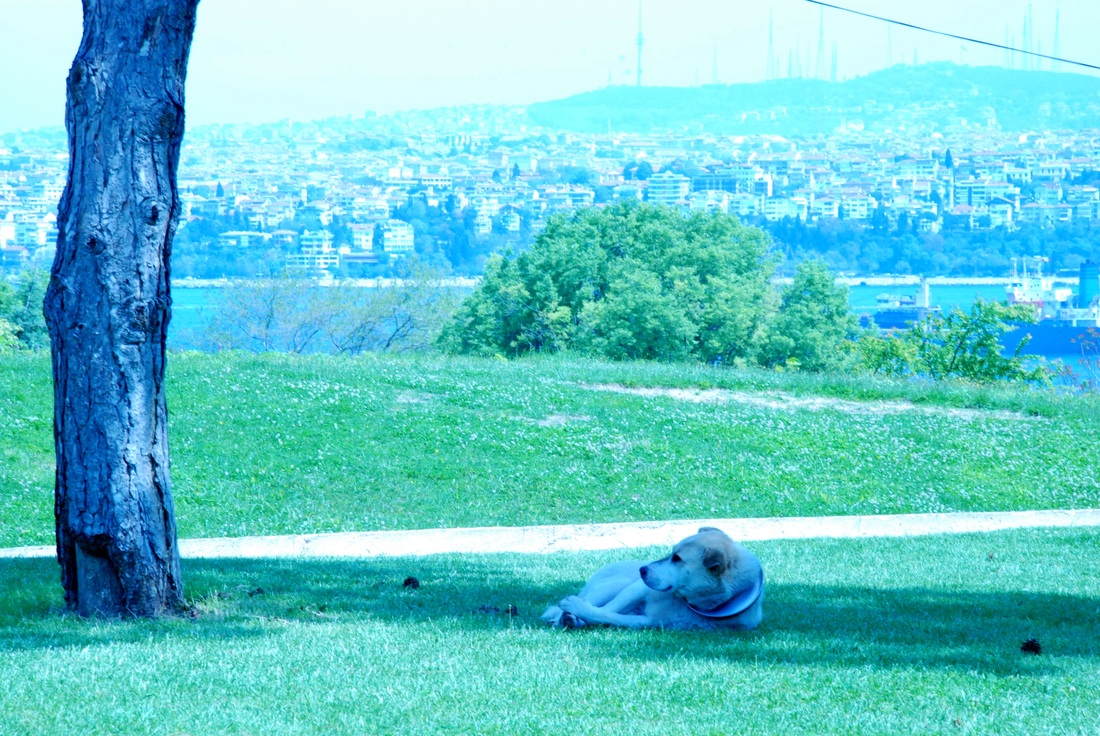
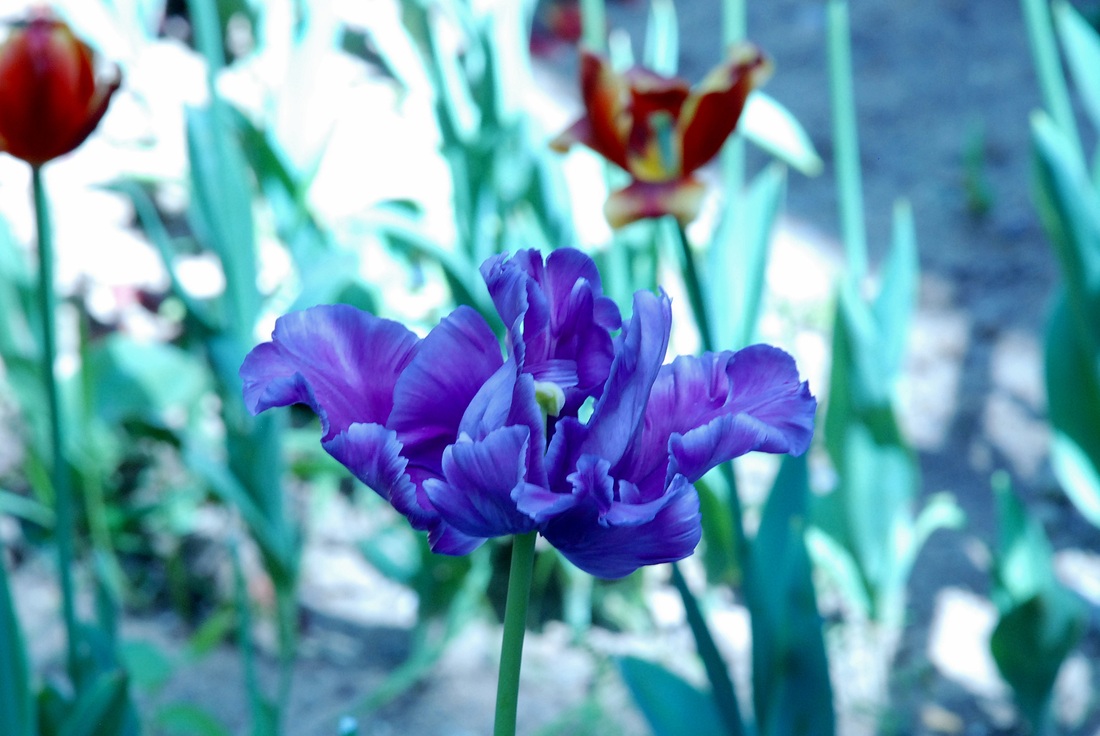
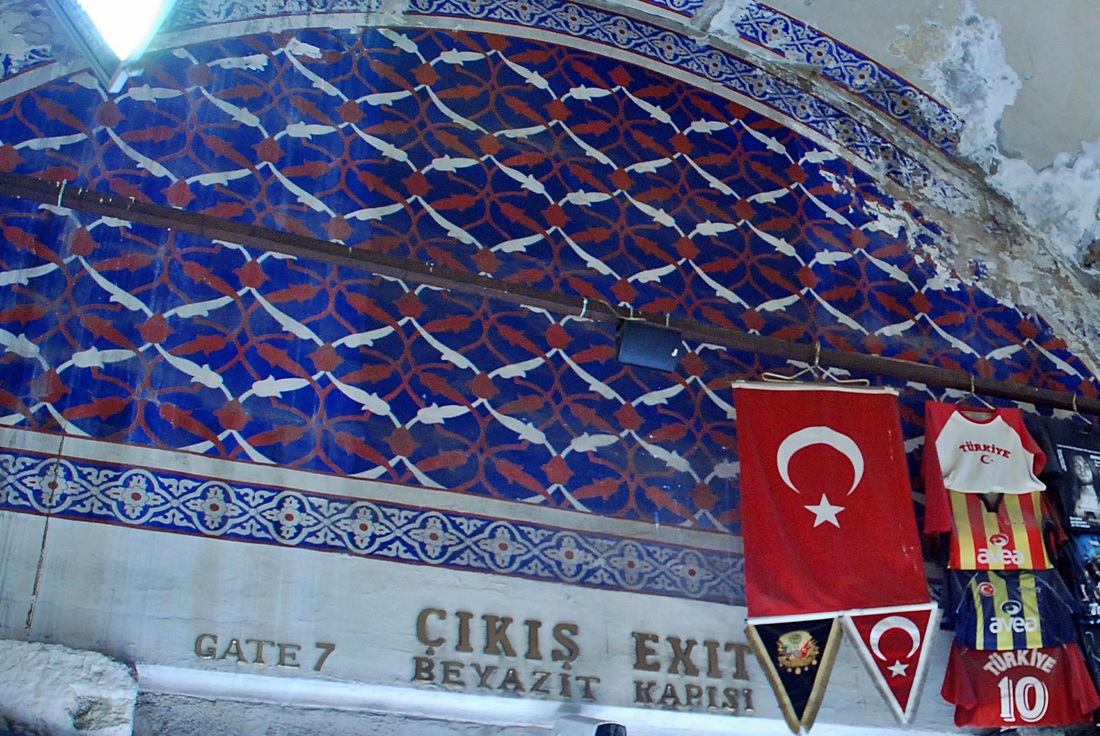
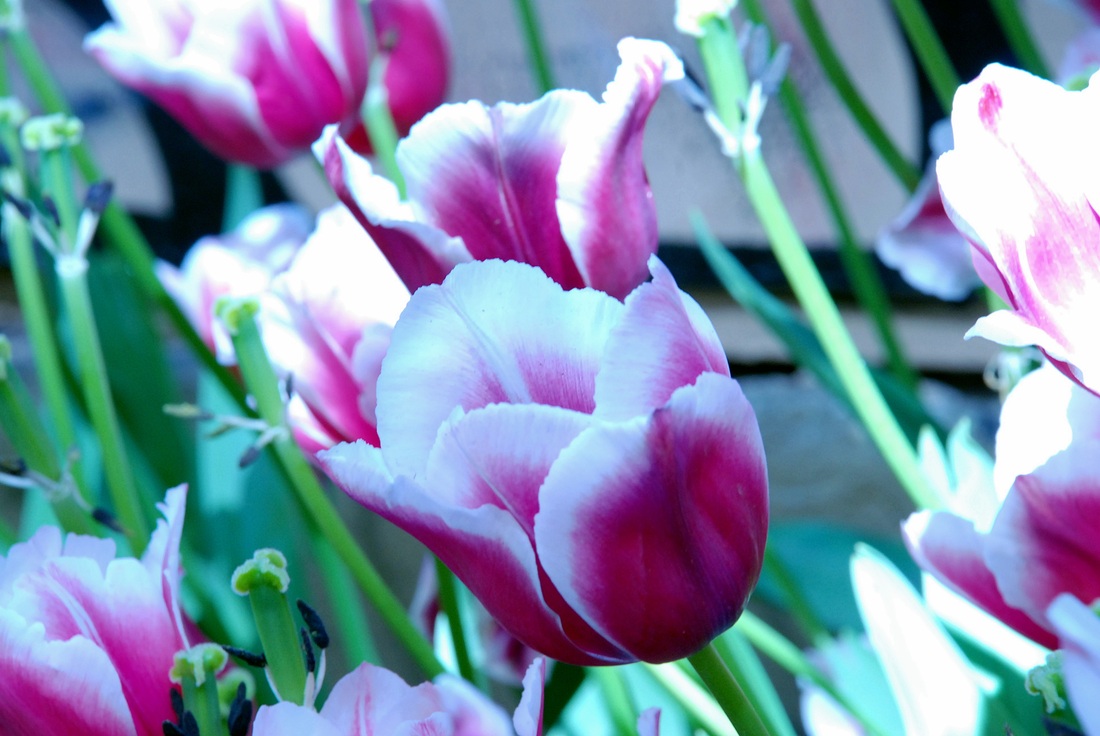
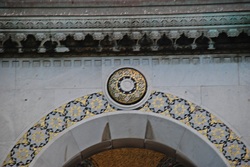
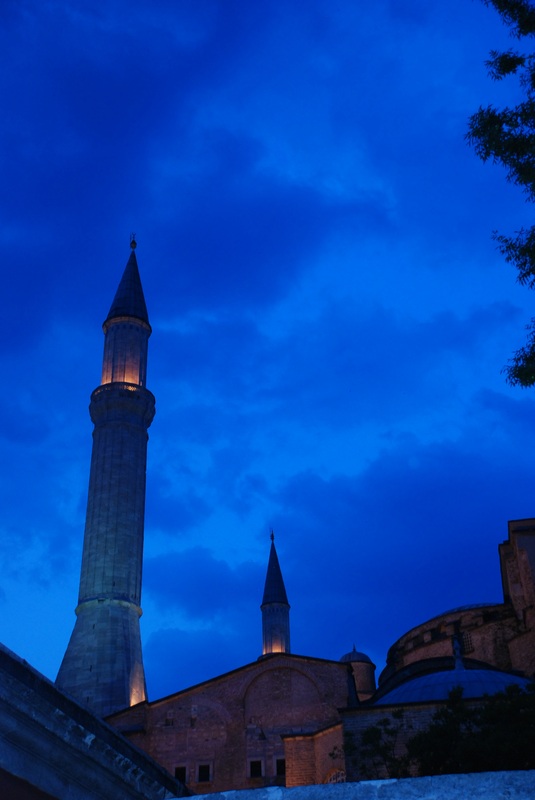
 RSS Feed
RSS Feed
